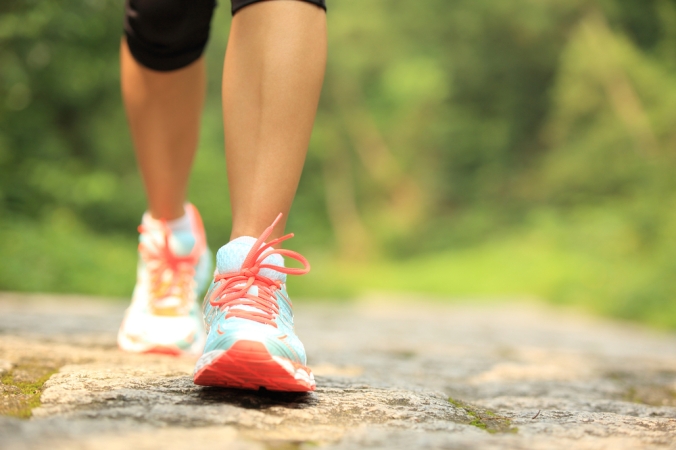Clearly, this year has not turned out as any of us could ever have believed as we started the new year in 2020. For many of us, hopes, dreams and plans have had to be changed or put on hold due to the lockdown.
However, there’s still half a year to go, and whilst we are going to be adjusting to a ‘new normal’ it’s actually the perfect time to set some goals (if you haven’t already!)
Clinical Nutritionist Suzie Sawyer shares some great ways to maximise your wellbeing during the second half of your year.
Diet
This is generally at the top of our priority list when talking about making wellbeing changes. There are very few people who think they have the perfect diet delivering optimal health. Indeed, most of us realise our diet could be better but don’t necessarily know how to change things. It may be that you feel you are too busy or find it challenging to improve things.
If, like many people, you’ve put on some extra kilos during lockdown, then why not resolve to make some improvements to your diet right now? If you’ve been drinking too much alcohol, then restrict it to just one or two nights a week. If you’re addicted to sugar, then make sure you’re eating protein at every meal which will help stop sugar cravings. Taking some additional chromium, a key mineral for balancing blood sugar levels, can really put a stop to sugar cravings and help you to feel more balanced generally. And as always aim for as much colour on your plate as possible: fruits and vegetables provide a wealth of health-boosting vitamins and minerals – try to eat at least 5 portions a day.
Exercise
With restrictions on outdoor exercise now eased, and some of us having more time on their hands, why not set yourself some exercise targets for the next six months. Sometimes it helps to have a specific event to train for, maybe a 5 or 10k run, or a charity bike ride or hike, whatever floats your boat.
If you’ve lost your mojo for exercise during lockdown and you’re starting from a low base, then that’s no problem; just congratulate yourself for making the decision and do what needs to be done. Walking is one of the best exercises for weight loss. Start with a half hour walk daily and work up your pace and distance. Remember any exercise is better than none and nothing beats getting your heart rate up in the open air.
Health
The body is an amazing piece of machinery that mostly just keeps working and working whatever we throw at it. However, if we don’t treat it as well as we should, it can lose tolerance, meaning it stops working quite as well.
Over the next 6 months resolve to address any health issues you’re concerned about. Things like low energy are so often related to diet and lack of certain nutrients, especially the B-vitamins found in whole grains, meat, dairy, and fruit and vegetables. Remember that the body is very clever at telling you what’s wrong so it’s always worth listening and then taking appropriate action.
Work
Work for many of us is turbulent right now or very different to ‘normal’. Maybe you’re working from home more, or you’re having to work harder than ever. Perhaps your having some down time. Whatever is going on for you, it’s a great time to assess what you want from your work. Is it serving you well? What can be improved?
During tricky times, many people make life-changing decisions, and take a completely different road. Fear of the unknown often stops us making changes, hence we get stuck with situations that are not quite right. There are some big shifts going on in our lives right now, some we can’t control, but many we can. If you’ve been feeling less than happy with you work life, then resolve to use this time to address issues. And if you need to talk to someone outside of your friends and family network, a life coach can often help unravel what it is you’re looking for.
Long term plans
Some of us feel the need to have a longer-term plan and look out over the next 5-10 years. This is no bad thing as it allows the mind to focus on goals and objectives. Writing plans down also helps; seeing everything on paper really puts thoughts into perspective.
Many of our plans will have been put on hold right now. One thing is for certain: nothing stays the same forever and normality will return at some point. Any work you put in now to yourself, and into your life plans, will stand you in good stead even if it feels like not much can change in the short term.
There’s still a whole half year left of 2020 – make it work for you!
Stay well.
FOR MORE GREAT DIET AND LIFESTYLE ADVICE:
Sign up to receive our blog and get a weekly dose of the latest nutrition, health and wellness advice direct to your inbox.
Follow us on Twitter @feelaliveuk for nutrition, lifestyle and well-being tips.
Visit us at www.feelaliveuk.com for the latest offers and exclusive Alive! content.
Follow and Chat with Suzie on Twitter @nutritionsuzie
For everything you need to know about vitamins, minerals and herbs visit our sister site Herbfacts
All images: Shutterstock

































